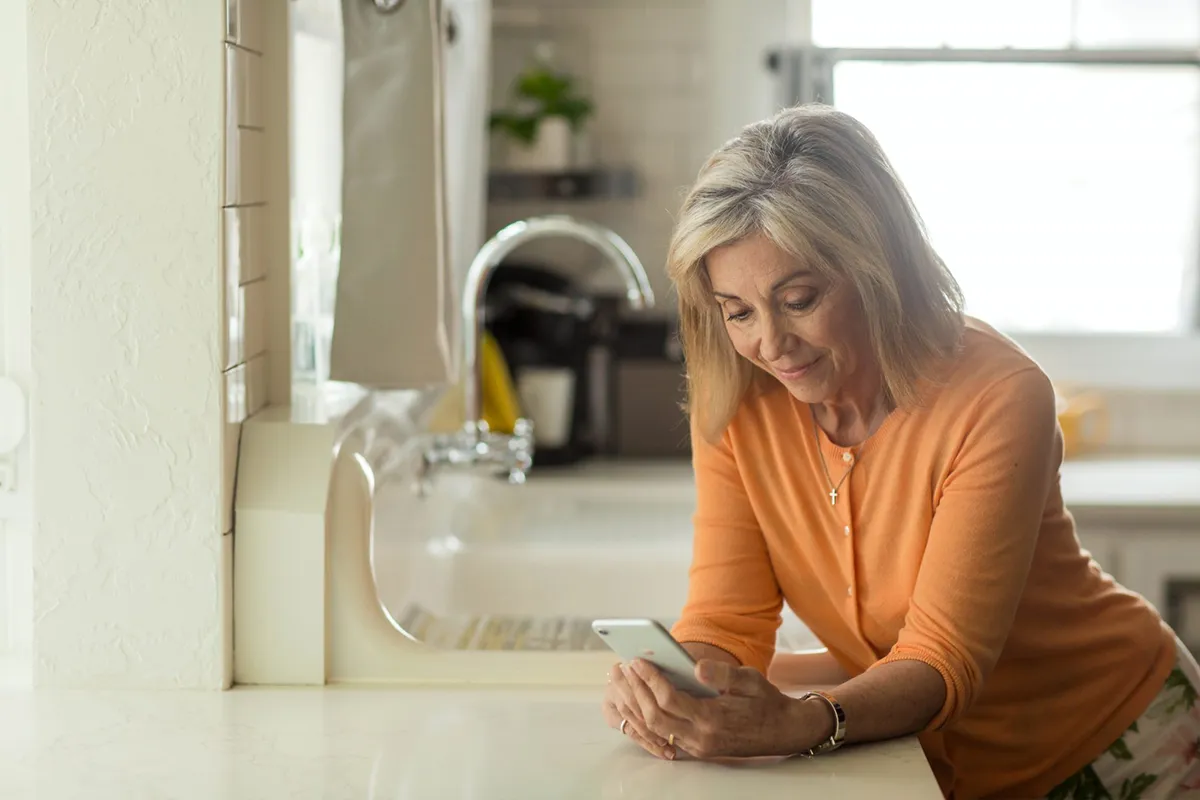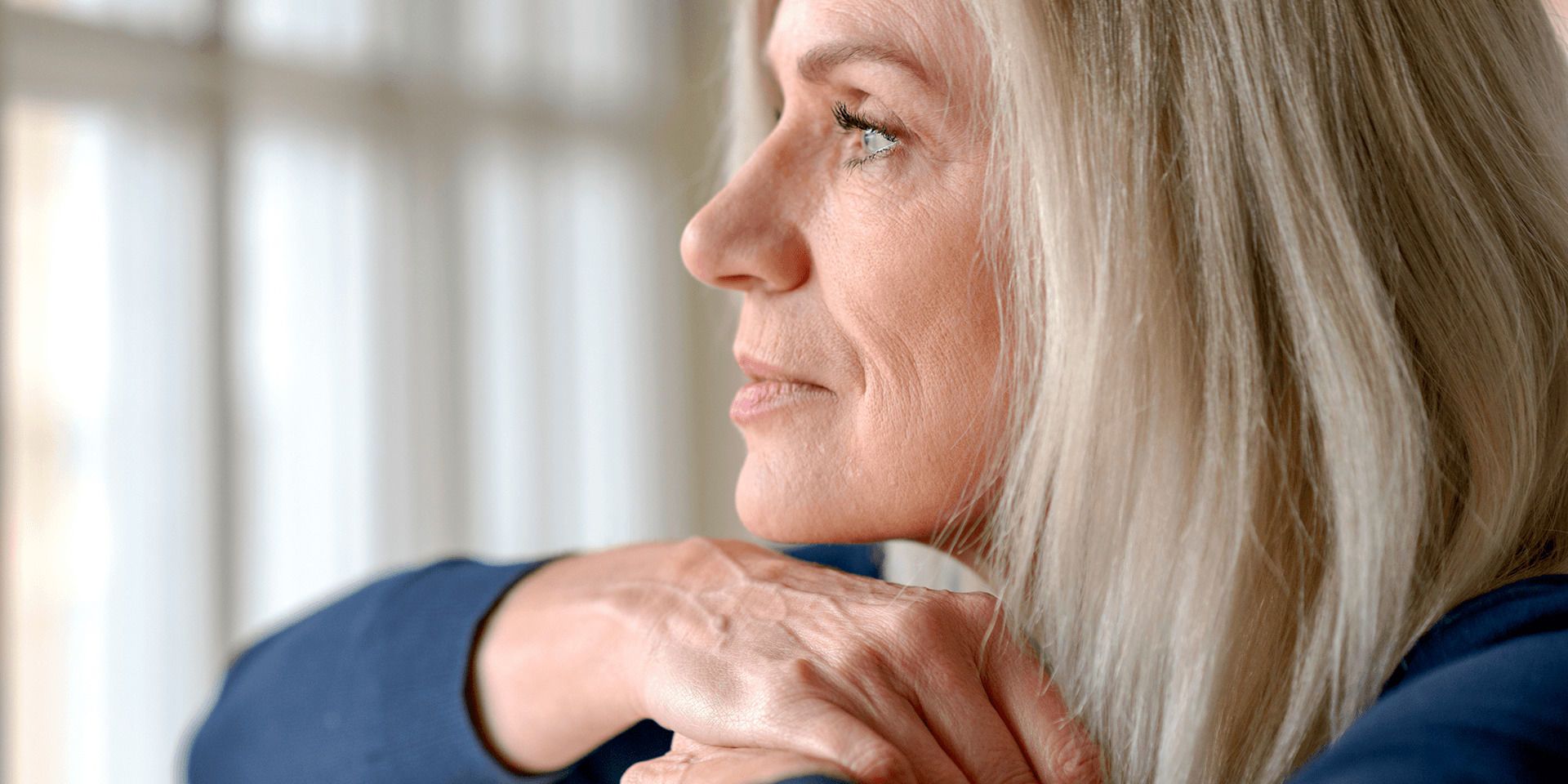Covid19 has already created many lessons for the community at large, in terms of potentially new opportunities for improvement, especially when it comes to innovation or new technology. Perhaps the most visible in the last few months, and no surprise given physical distancing guidelines, has been the significant rise in the use of telehealth services. These are perhaps more accurately called ‘tele-encounter’ services (as it can be offered to social, psychological and other assessment and not just health). For example, although not all States in the US are allowing this, tele-audiology is a healthcare delivery model that allows people to remotely access audiologists.
Tele-encounters enable care providers of many types to virtually screen or assess patients, answer questions as necessary, and then make recommendations without exposure to a particular setting or building where a person could contract or spread a virus. Providers can also see patients wherever they may be and at more flexible times for both the individual and the provider. Not only does this help people who were home bound or living far away (in many rural areas across the US, for example) but it means that the risks of infection from Covid19 or any other pathogen are practically reduced to zero.
Use of Tele-encounters in the Boomer population
Clearly, the senior population is more at risk of contracting Covid19 and other infectious diseases when they visit the doctor’s office, a clinic or a hospital, and tele-encounters are therefore an even greater benefit to seniors in most cases to lower their risk. However, there are some disadvantages and so as to highlight these the chart below lists both:
Tele-encounter Benefits
- Minimizes unnecessary doctor or hospital visits
- Reduce medical and travel/time costs
- Reduces patient waiting time and no waiting rooms
- Improves care access
- Provides ongoing support to patients and family members
- Increases the chances of continued independent or community home living
- Increases patient access to a variety of doctors and nurses in rural or remote areas
- Increase access to a wider range of medical specialists
- Decreases exposure to germs frequently present in clinic or hospital waiting areas
Tele-encounter Disadvantages
- Reduces face-to-face visits with doctors and may lead to missing key symptoms or concerns
- Makes observation of ‘social determinants of health’ much more difficult
- Requires connection capability and technical ability and access to technology
- May not always be covered by insurance
Despite the obvious benefits of greater penetration of tele-encounters in the list above, there are a number of obstacles or inhibitors that need to be addressed before this makes a significant and lasting change to the way treatment can be offered. Not the least of these is making such remote visits covered under either Medicare or Medicaid (or both) and where possible to avoid incurring any kind of co-pay on the part of the patient. We are moving more quickly in this direction, especially in recent months, but we are not quite there yet! For now, at least expanded coverage of tele-encounters will enable Medicare beneficiaries to seek real-time consultations, whether it be from a smartphone or computer, and the exchange does not need to be with a patient’s primary care provider.
Another obstacle to grapple with is resources for this major shift. The U.S. healthcare system simply does not have enough doctors, nurses or other personnel available to provide ongoing, wide-scale tele-encounters to their senior patients (not to mention that we have a massive shortfall in geriatrically trained doctors). It is therefore overly optimistic thinking to assume that the current system, without some dramatic increase in trained people and resources, will have the ability to cope, particularly in rural areas and dense city environments where the need will become greatest for such tele-encounter services to be performed.
In addition to the above, some seniors may be resistant to using tele-encounter services, given a lack of availability of appropriate internet connectivity or appropriate technology in their homes in some cases; a personal aversion to or fear of learning and using such technology; a fear of speaking virtually with their doctor; or wanting to avoid involving some or all family members in their care. Certainly, the easiest and most amenable technology to use for delivering tele-encounters to senior patients will be the traditional telephone (where ownership numbers are very high). But realistically, how many primary care doctors or clinical specialists will have any time in their day for making what could amount to many phone calls (short and long) to their senior patients (and then have to transcribe verbally communicated information in both directions, or even have to export and keep text messages!).
To this end, foundational changes will be needed to make the expansion of tele-encounters to senior patients work effectively. One way in which this might be done is to create a large and available body of retired and semi-retired doctors, social workers, nurses, and other medically trained individuals who would be willing to offer their time (paid and volunteered) to help provide tele-encounters services to senior patients. Of course, these individuals would need to be trained on how to use the technology and to use the requisite electronic healthcare record system every time they have an online session, and even refer patients who are in need of specialist input or services. Can this be done in the near future? With considerable goodwill and coordinated planning and effort, I believe the answer is yes. However, I think we first need to see some consolidation among available platforms so that the burden of training and familiarity with how to use them is made considerably easier.
In summary, then, tele-encounters have increased massively in recent months and the chances of sustained levels of growth are high, especially as the fear of using this technology has been slowly diminishing. However, temporary changes in the short-term have to continue indefinitely and there is still considerable work to be done to ensure that the senior population can both access the technology when they need it and without having to pay for the privilege of using this approach when it is appropriate and useful. I think tele-encounters are therefore going to be here to stay, even when face to face visits become easier to organize again. If you are therefore a senior and reading this and haven’t yet tried it, you may want to jump in!




